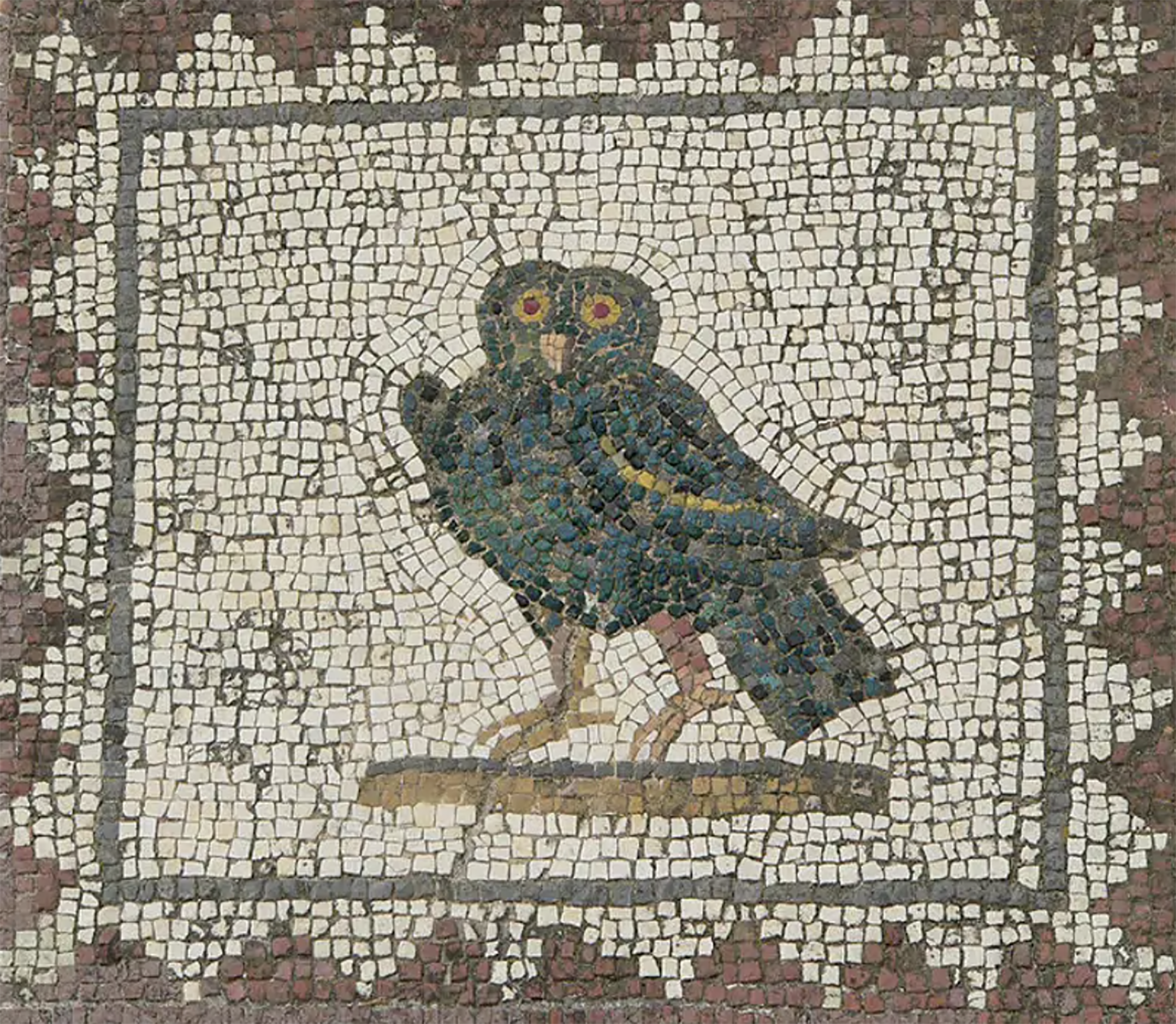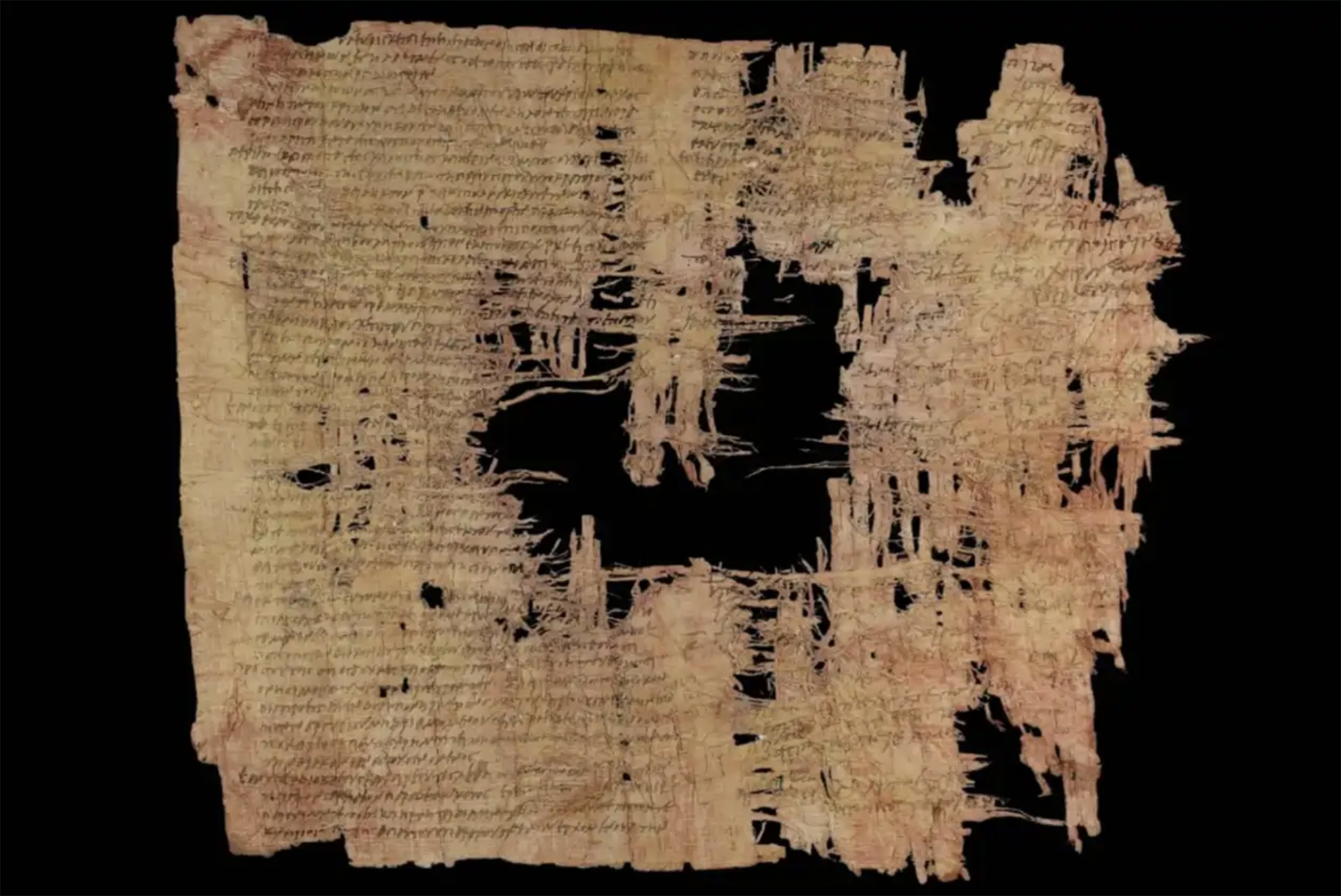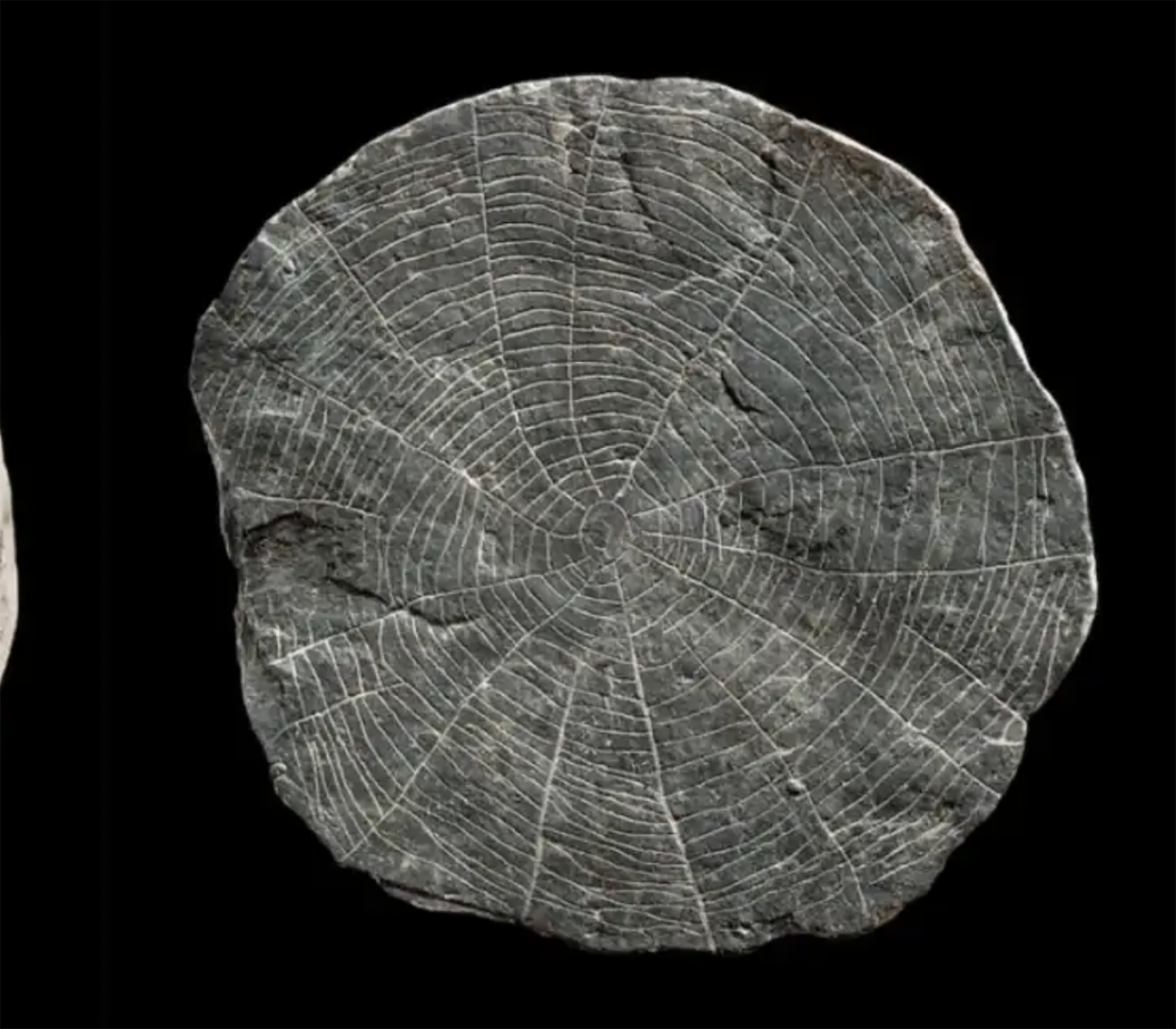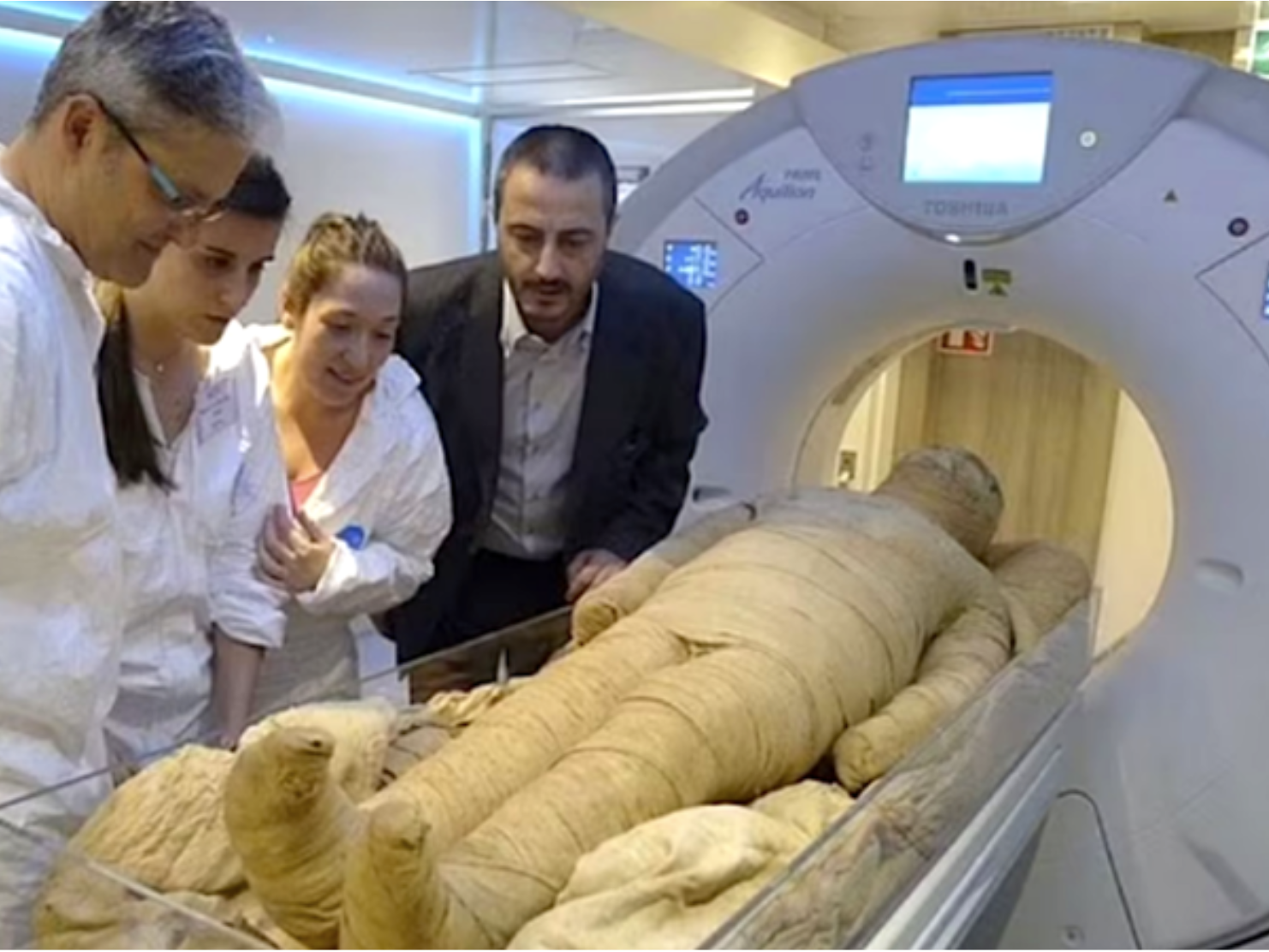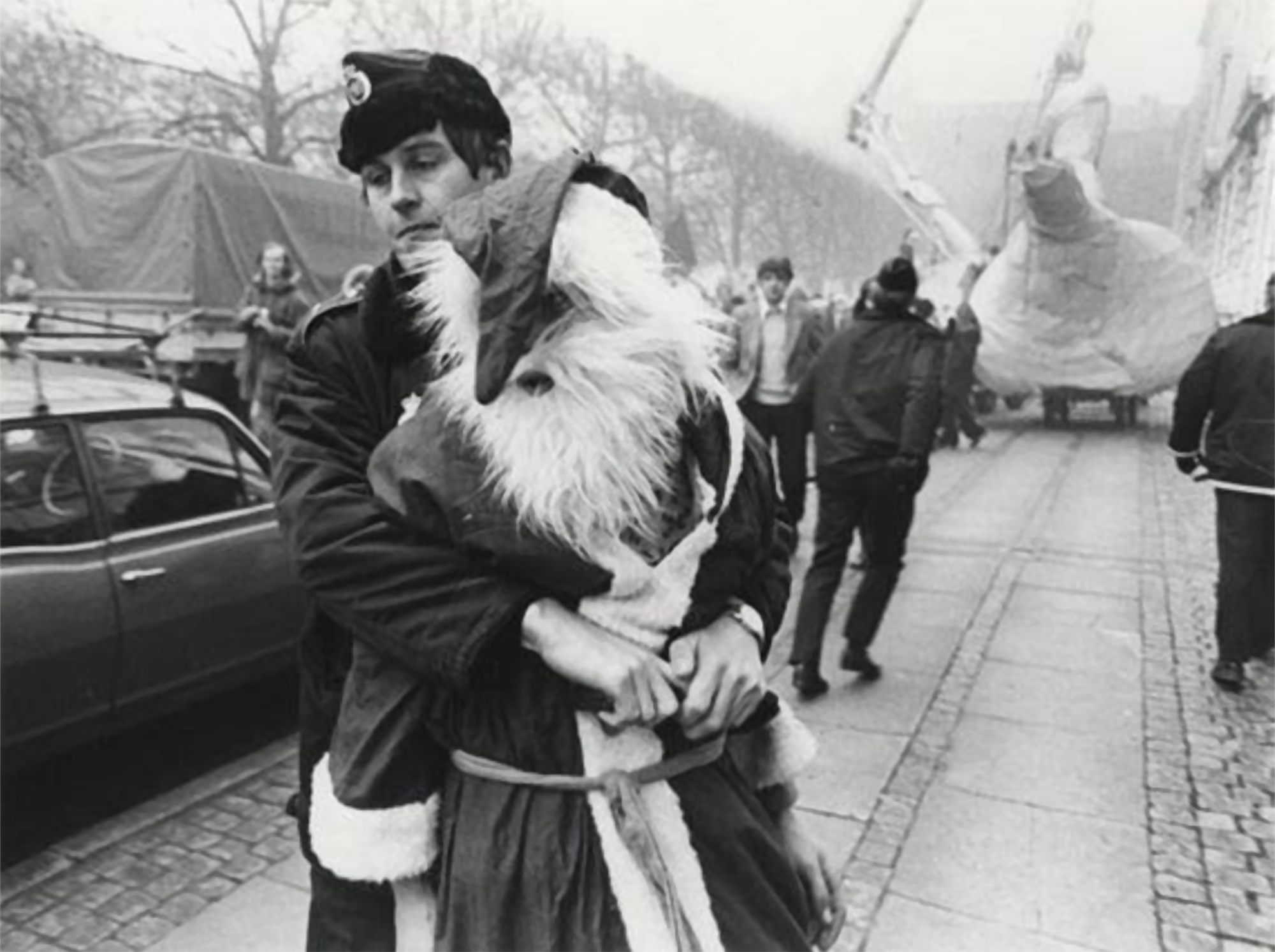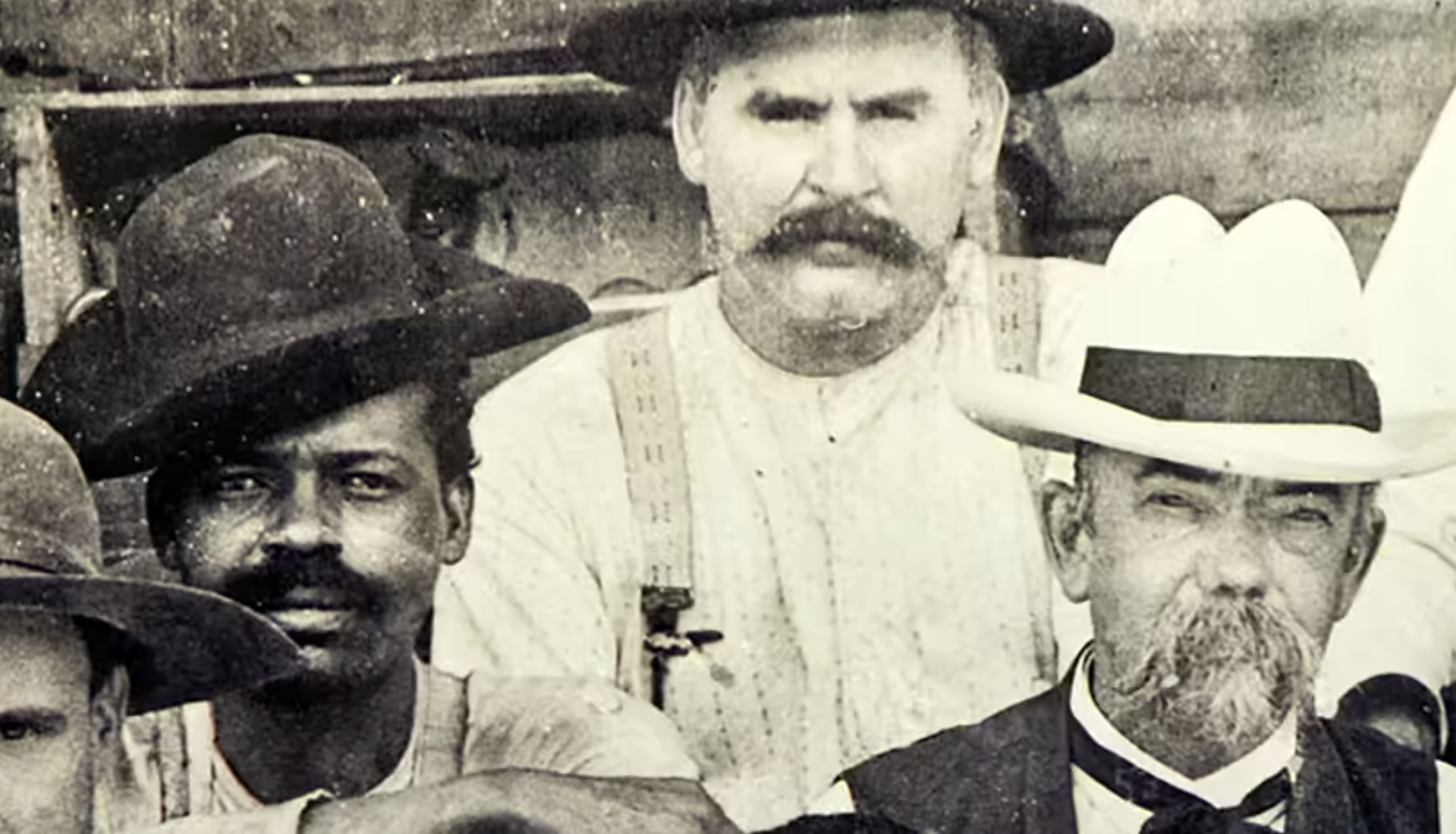Cold War and Pacific Roman Empire
- Middle East, d.C. II-III. centuries. The Roman Empire built a defensive line of about 1,000 kilometers to preserve the eastern border and combat the attacks of the Persian army and nomadic tribes. This line stretched from north to south from Palmira to the present Turkey south. Or, so far, this hypothesis has been imposed on the basis of photographs and prospections by Antoine Poidebard.
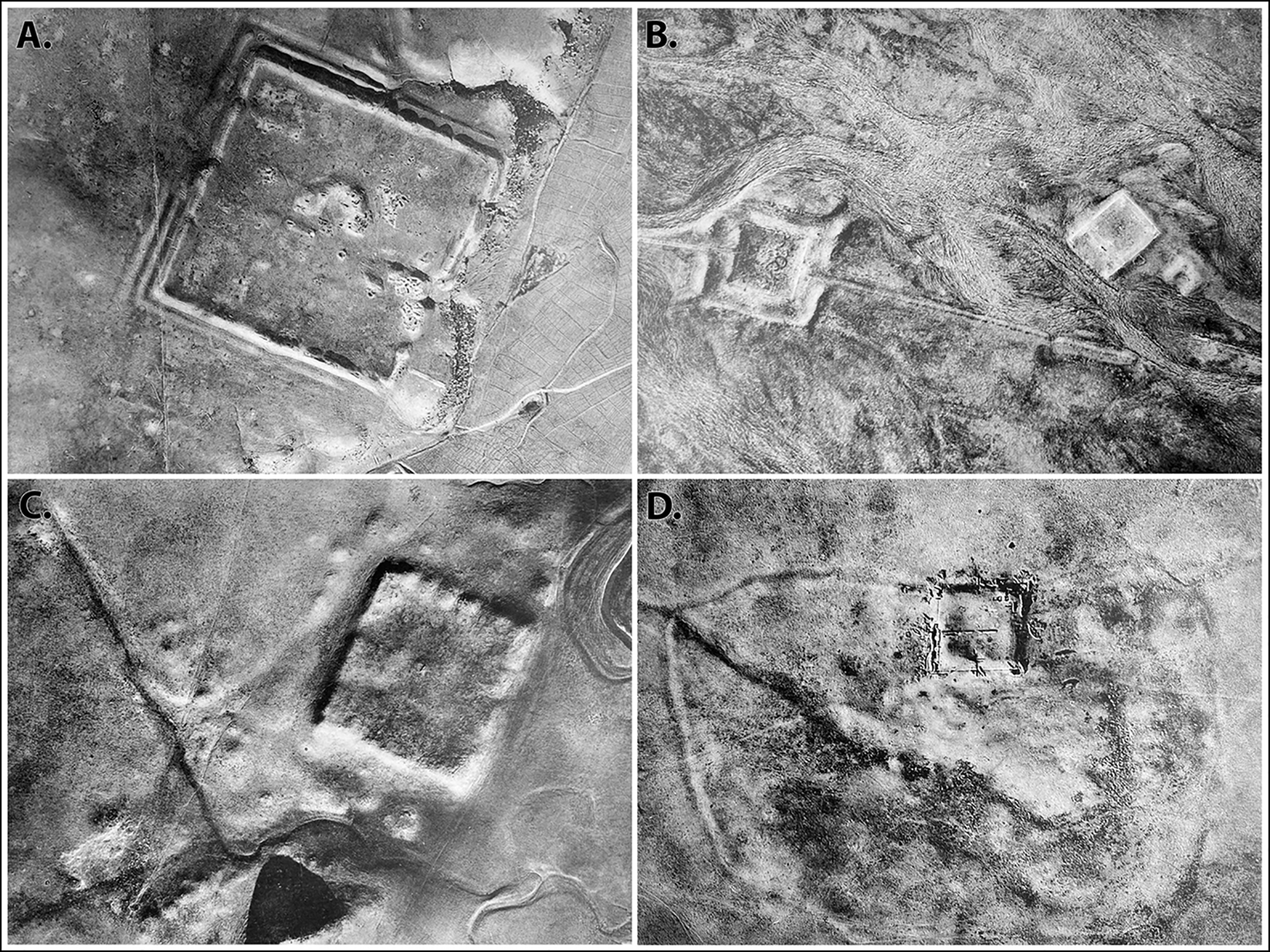
The French Jesuit Antoine Poidebard (1878-1955) pioneered aerial archaeology. After flying a biplane during the First World War, in the 1920s he flew over the present Syria, Iraq and Jordan in search of archaeological remains. He carried out hundreds of aerial photographs and identified 116 Roman structures constituting the aforementioned vertical defense line. Occupying the Earth, he made prospections in some of these structures and AD. He obtained dates from the second and third centuries, confirming that the supposed fortifications were from the Roman Empire. The result of all these works was published in 1934 in La Trace de Rome dans le desert de Syrie ("The Imprint of Rome through the Syrian Desert").
In the middle of the Cold War, during the 1960s and 1970s, CIA spy satellites took thousands of photographs of this area. The first worldwide spy satellite program was launched from the United States, first thanks to the Corona satellites and later with the Hexagon satellites. So they got high-resolution images. Declassified these documents, these images are now in the hands of archaeologists. A team of researchers from Dartmouth University in New Hampshire (USA), led by archaeologist Jesse Casana, has analyzed the photographs and radically modified the hypothesis so far, according to the results published in the journal Antiquity.
The aim of these structures was to strengthen relations between the eastern provinces of the Empire and the non-dependent territories of Rome and to ensure trade. It was about opening rather than closing the limit.
Reverse scenario
Archaeologists have been able to identify in the photographs of the CIA 396 other structures that today cannot be seen from the air, since in the last five or six decades most of them have been covered by new buildings and agricultural holdings. And these structures do not form a line from north to south, as Poidebard said, but the structures that they have just identified reach the Tigris River basin, passing from west to east.
Much remains to be done, since excavations to confirm that all the structures seen in the photos are from that time must be done in situ. But meanwhile, Jesse Casana says: “The distribution of these structures has suggested that they did not function as border walls, nor as towers and fortresses to stop the attacks of Persians and nomads. The findings we have made lead us to another hypothesis: these buildings were part of a system of trade, communication and interregional transport based on caravans.” The buildings offered, among other things, the possibility of staying and catering to travellers, as well as the water for hydration of the cabins and cattle.
The aim of these structures was therefore to strengthen relations between the eastern provinces of the Empire and the non-dependent territories of Rome and to ensure trade. It was about opening rather than closing the border. Thus, the espionage work of the Cold War has shown that the border of the Roman Empire was more peaceful than expected.
Urruña, 1750eko martxoaren 1a. Herriko hainbat emakumek kaleak hartu zituzten Frantziako Gobernuak ezarritako tabakoaren gaineko zergaren aurka protesta egiteko. Gobernuak matxinada itzaltzeko armada bidaltzea erabaki zuen, zehazki, Arloneko destakamentu bat. Militarrek... [+]
In the Maszycka cave in Poland, remains of 18,000 years ago were found at the end of the 19th century. But recently, human bones have been studied using new technologies and found clear signs of cannibalism.
This is not the first time that a study has reached this conclusion,... [+]
Porzheim, Germany, February 23, 1945. About eight o’clock in the evening, Allied planes began bombing the city with incendiary bombs. The attack caused a terrible massacre in a short time. But what happened in Pforzheim was overshadowed by the Allied bombing of Dresden a few... [+]
Poloniar ikerlari talde batek Sevillako Italica aztarnategiko Txorien Etxea aztertu du, eta eraikinaren zoruko mosaikoak erromatar garaiko hegazti-bilduma xeheena dela ondorioztatu du.
Txorien etxean 33 hegazti daude mosaikoetan xehetasun handiz irudikatuta. Beste... [+]
Judea, 2nd century AD. In the turbulent atmosphere of the Roman province, a trial was held against Gaddaliah and Saul, accused of fraud and tax evasion. The trial was reported on a 133-line paper in Greek (pictured). Thinking that it was a Nabataean document, the papyrus was... [+]
Vietnam, February 7, 1965. The U.S. Air Force first used napalma against the civilian population. It was not the first time that gelatinous gasoline was used. It began to be launched with bombs during World War II and, in Vietnam itself, it was used during the Indochina War in... [+]
Archaeologists have discovered more than 600 engraved stones at the Vasagård site in Denmark. According to the results of the data, dating back to 4,900 years ago, it is also known that a violent eruption of a volcano occurred in Alaska at that time. The effects of this... [+]
Japan, 8th century. In the middle of the Nara Era they began to use the term furoshiki, but until the Edo Era (XVII-XIX. the 20th century) did not spread. Furoshiki is the art of collecting objects in ovens, but its etymology makes its origin clear: furo means bath and shiki... [+]
In an Egyptian mummy of 3,300 years ago, traces of Yersinia pestis, the bacterium that caused the Justinian plague in the 6th century and the Black Plague in the 14th century, have just been found.
Experts until now believed that at that time the plague had spread only in... [+]
Greenland, the end of the 10th century. The first Scandinavian explorers and settlers arrived on the island. But by the 15th century these settlements had been abandoned and the original Inuit remained. But in 1721, the missionary Hans Egede organized an expedition and the... [+]
In 2017, Indonesia and the Netherlands signed an agreement to return the heritage stolen by the European country because of colonialism for three centuries. The Indonesian responsible for the return process, Gusti Agung Wesaka Puja, explained that this agreement "was important in... [+]
Greece 1975. The country began the year as a republic, three weeks earlier, in the referendum on 8 December 1974, after the citizens decided on the end of the monarchy.
A decade earlier, in 1964, when King Paul I died, his son Constantine took the throne at the age of 23.
But... [+]
Copenhagen, 18 December 1974 At 12 noon a ferry arrived at the port, from where a group of about 100 Santa Claus landed. They brought a gigantic geese with them. The idea was to make a kind of “Trojan Goose” and, upon reaching the city, to pull the white beard costumes... [+]
Tennessee (United States), 1820. The slave Nathan Green is born, known as Nearest Uncle or Nearest Uncle. We do not know exactly when he was born and, in general, we have very little data about him until 1863, when he achieved emancipation. We know that in the late 1850s Dan... [+]
New York, 1960. At a UN meeting, Nigeria’s Foreign Minister and UN ambassador Jaja Wachucu slept. Nigeria had just achieved independence on 1 October. Therefore, Wachuku became the first UN representative in Nigeria and had just taken office.
In contradiction to the... [+]














